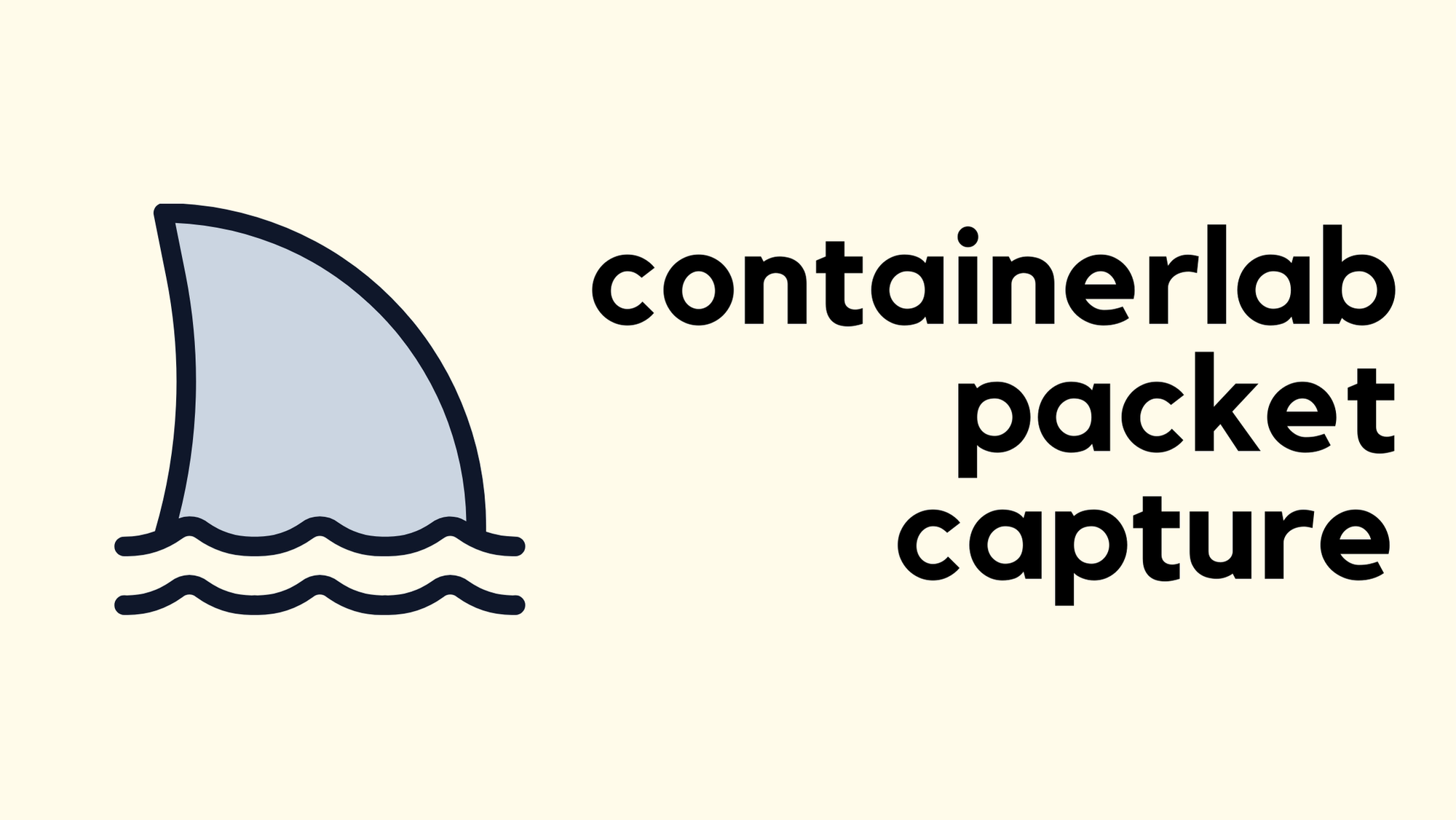0
Today’s Linux distributions are plentiful and run the gamut of purposes. There are Linux distributions for those who are new to the open source OS, for gaming, developing, content creation, multimedia, containers, Internet of Things (IoT), edge, routers, firewalls, refrigerators … the list goes on and on.
And, of course, there are Linux distributions that are purpose-built for those in IT, such as its site, “SysLinuxOS was built to work right out of the box, with all networking tools already installed by default. There is no need to install anything; it is a Swiss army knife to always carry with us. There are all the major Virtual Private Networks (VPN), several remote control clients, various browsers, as well as Wine, Wireshark, Etherape, Ettercap, PackETH, Packetsender, Putty, Nmap, Packet Tracer 8.2.2, Virtualbox 7.2, Munin, Zabbix-agent2, Icinga, Monit, Nagios4, and tools for serial console and the latest stable liquorix kernel.”
At first blush, SysLinuxOS seems to be similar to Tails, only instead of it being targeted at pentesters, it’s more for administrators who need Continue reading





